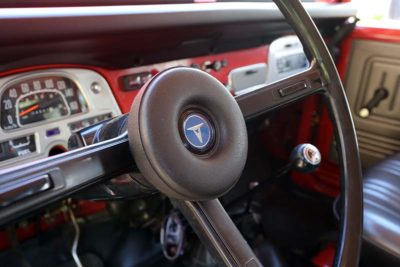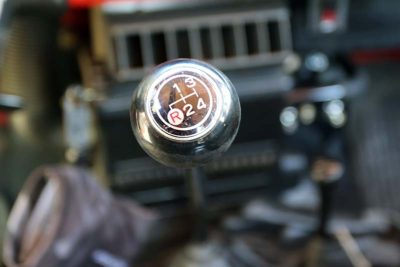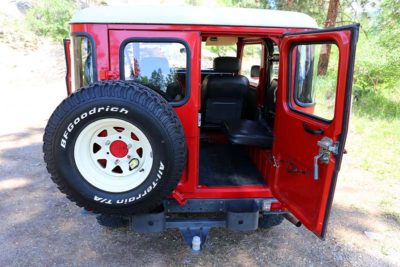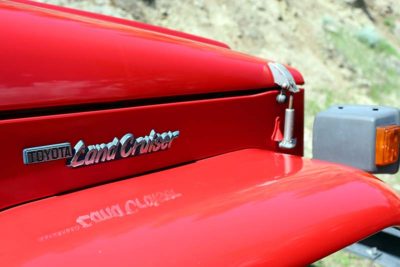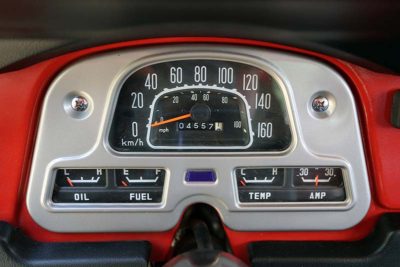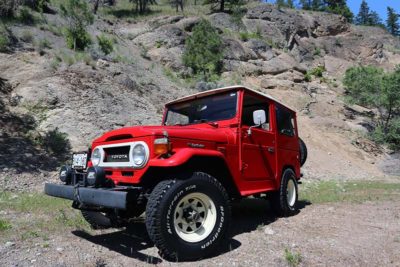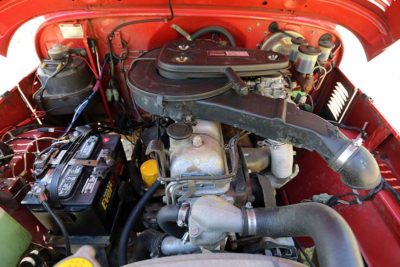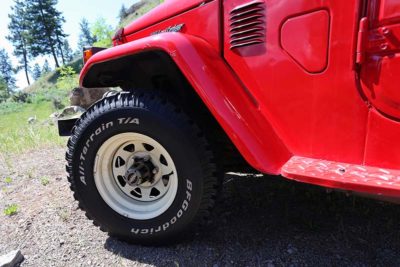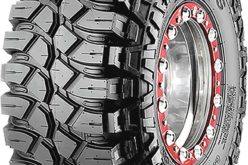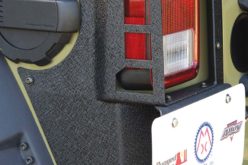Off-Road Legend: Toyota FJ40
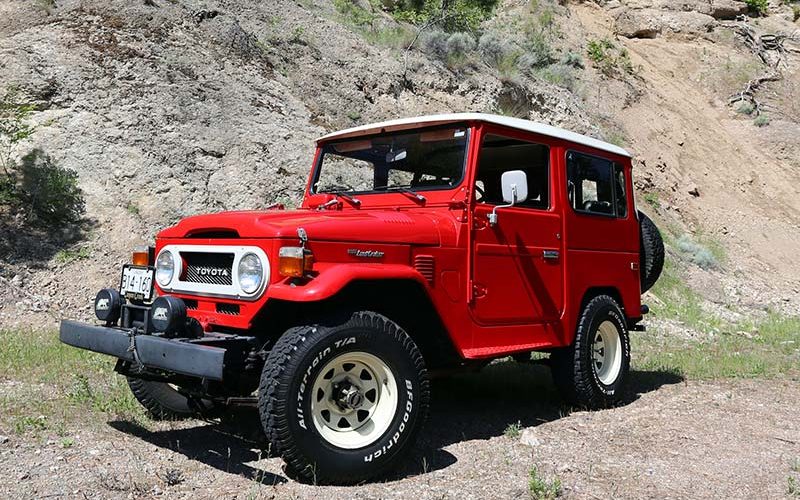
The Rugged Japanese Off-Roader has reached Legendary Status

Only a handful of off-road vehicles have been given legendary status within the automotive world. Without argument, these include, from America, the iconic Jeep Wrangler, the rugged British engineered Land Rover, and, from the land of the rising sun, the outstanding Toyota FJ40 Land Cruiser.
When I was offered the chance to take an incredibly stout and well-preserved, original condition FJ40 for a spin through the arid countryside near Penticton, B.C., I was able to tick another box on the list of vehicles that I have always wished that I could own, or at least, drive.
Roger Hawthorne is the retired engineer who owns this capable all-terrain scrambler and is lucky enough to be able to use it on a regular basis to maintain his property and as a recreational rig for his various adventures. Hawthorne was given a heads-up to the availability of the Freeborn Red rig by his Calgary-based daughter who works in the car business. When one of her customers offered the Land Cruiser as a trade-in for a new car that they were looking to purchase, she was quick to recall that her father had always had an interest in the Japanese utility machines -in fact, he had owned several in the past – so she put the two men together.
Initially, Roger purchased the FJ from the geologist (who had owned it from new) with the intention of using it to tow his boat to his cabin. Rumour has it that at the time of delivery, the original owner was informed by the Toyota dealer that as long as he never drove the vehicle above 55 miles-per-hour, it would likely last forever. As a result of this advice, as well as a careful and fastidious maintenance plan, Hawthorne’s FJ is in remarkable shape given that it is now 40-years old. With a mere 104,000 kilometres on the clock, the FJ’s engine and mechanicals all operate as strongly as they did six figures ago.

A quick glance reveals that this 1978 model has a few minor blemishes visible on the edge of the front fenders caused by surface rust, but with just a little effort, these can be remedied and this rough-and-tumble off-road machine will be well-positioned to keep soldiering on for another 40 years.
Toyota originally developed the Land Cruiser platform back in the 1950s, when the company was approached by the U.S. Army with a request for a four-wheel-drive vehicle that could be used by the soldiers and military police it had stationed in Japan. One look at a Land Cruiser reveals that those early designers at Toyota obviously gleaned a lot of the FJ’s styling and equipment ideas for the vehicle from the likes of the Willys Jeep and Land Rover products that were already in use, but this is a good thing.
The majority of FJ40 Land Cruisers produced between 1960 and 1983 are two-door, four-passenger, four-wheel-drive utility vehicles (although there were also limited-run medium- and long-wheelbase variants also produced) featuring a removable hard top and doors, and a fold-down windshield frame. This allowed owners the ability to quickly transform the FJ into a convertible should they prefer an “open-air” driving experience.
This particular Land Cruiser features the model’s characteristic white roof, an aftermarket winch and off-road accessory lighting. The wide-track mag wheels were an option available through Toyota dealers, but Hawthorne also has the original equipment steel wheels that came with the vehicle stored in his garage.

This example is fitted with the 4.2-litre engine under the hood which is mated to a four-speed manual transmission. This combination delivers more than enough power to allow the FJ40 to scramble up and over all but the steepest hill or washout, and the current owner still uses the robust all-terrain vehicle as his means of transportation for hunting trips.
Acceleration is surprisingly brisk for a 3,300-pound utility vehicle of this period, but the FJ benefits from the presence of one of the smoothest four-speed manual transmissions I have ever rowed through, short of those fitted to much more sporty automobile offerings. The earlier FJs powered by the 3.9-litre engine feature a 3-speed manual.
The ride is smooth, despite the short 90-inch wheelbase, but a relatively wide track and well sorted leaf spring suspension help keeps the driver feeling confident with the vehicle’s overall handling characteristics, although there is still some body roll due to the high centre of gravity and tall body structure. The manual steering is heavy at lower speeds, but the vehicle tracked straight and true at all times during my test drive. Power steering would become a popular option in 1979.
Toyota still produces a wide array of rugged and reliable sport utility vehicles but they have evolved with the times to be far more driver-friendly, comfortable, and better suited for daily duty. These descendants of the original Land Cruiser provide image-conscious urbanites with all the luxury trappings, safety equipment, and all-weather driving capabilities one expects from a modern sport utility vehicle. But they lack the timeless design and practicality that make the FJ40 a true classic.




